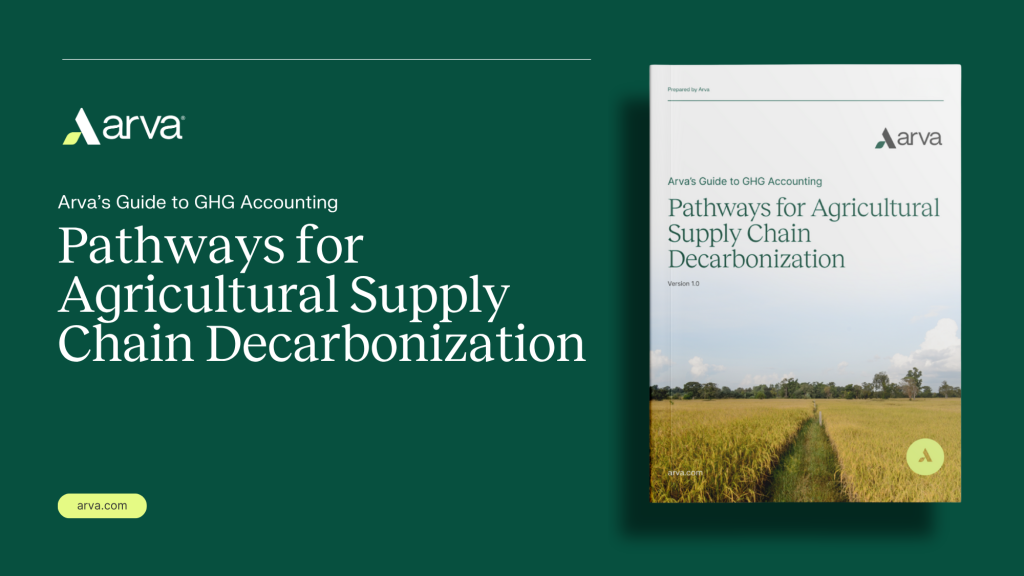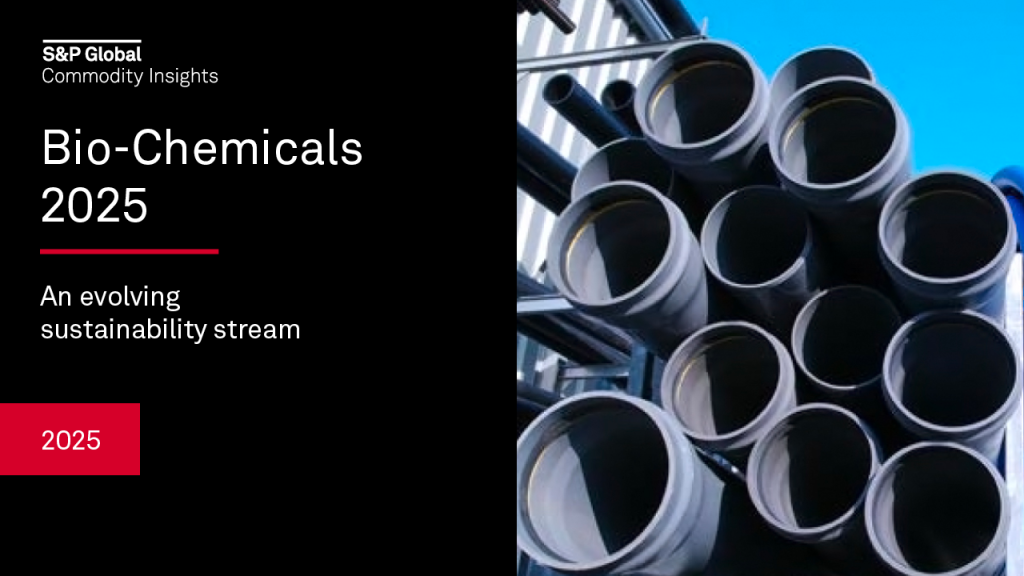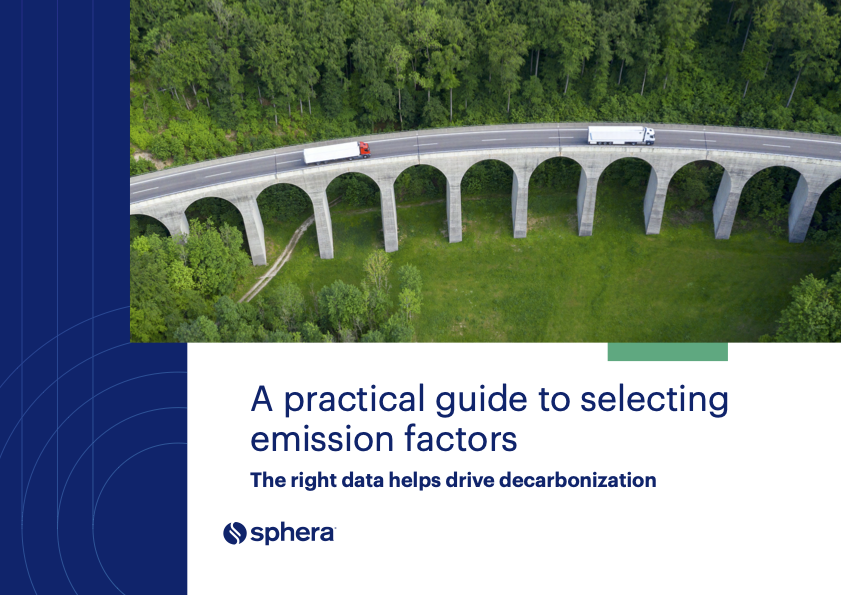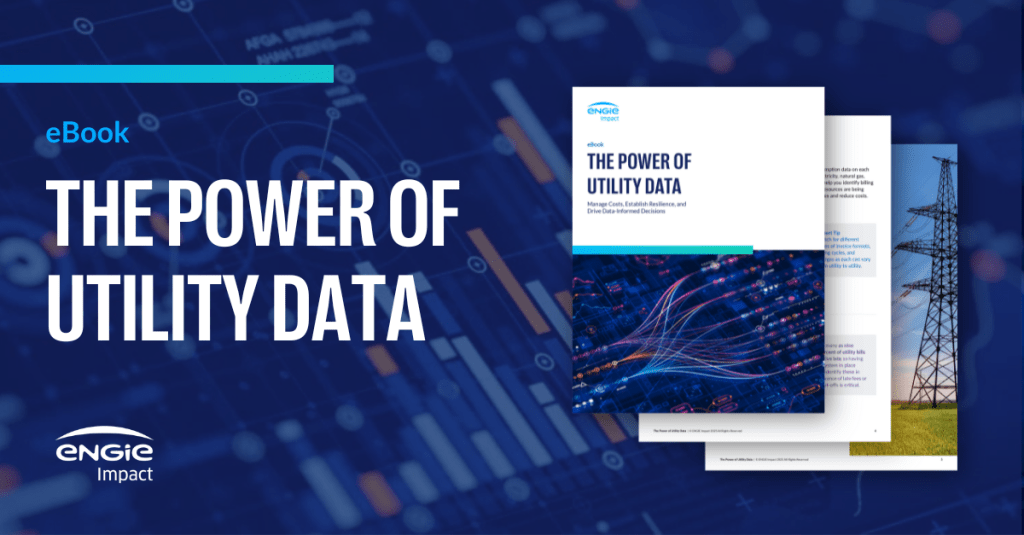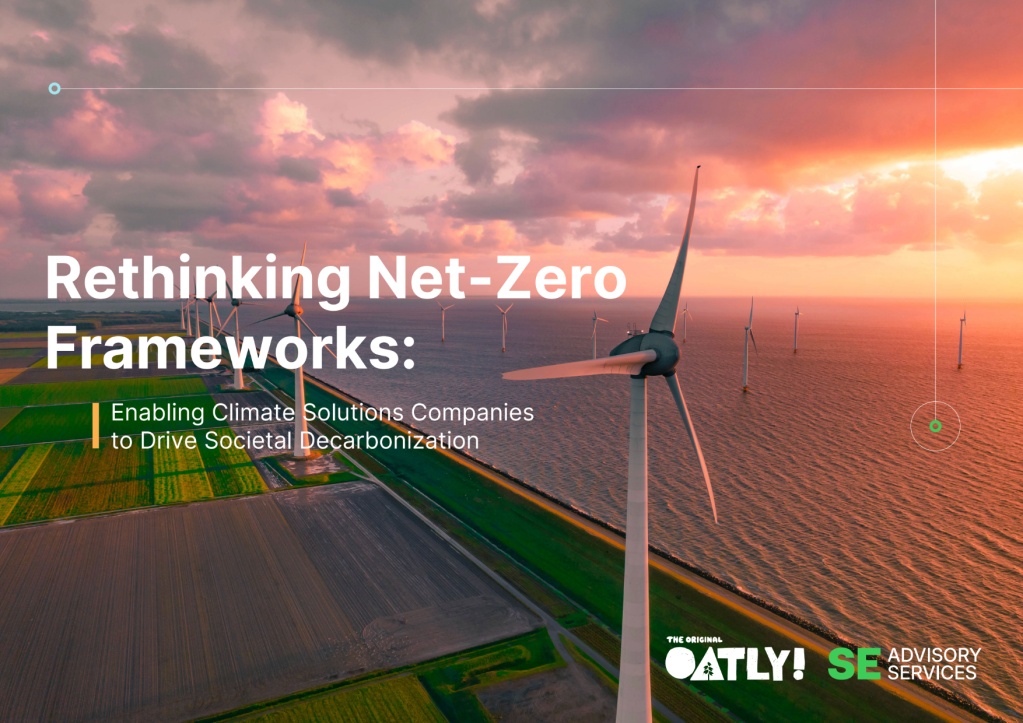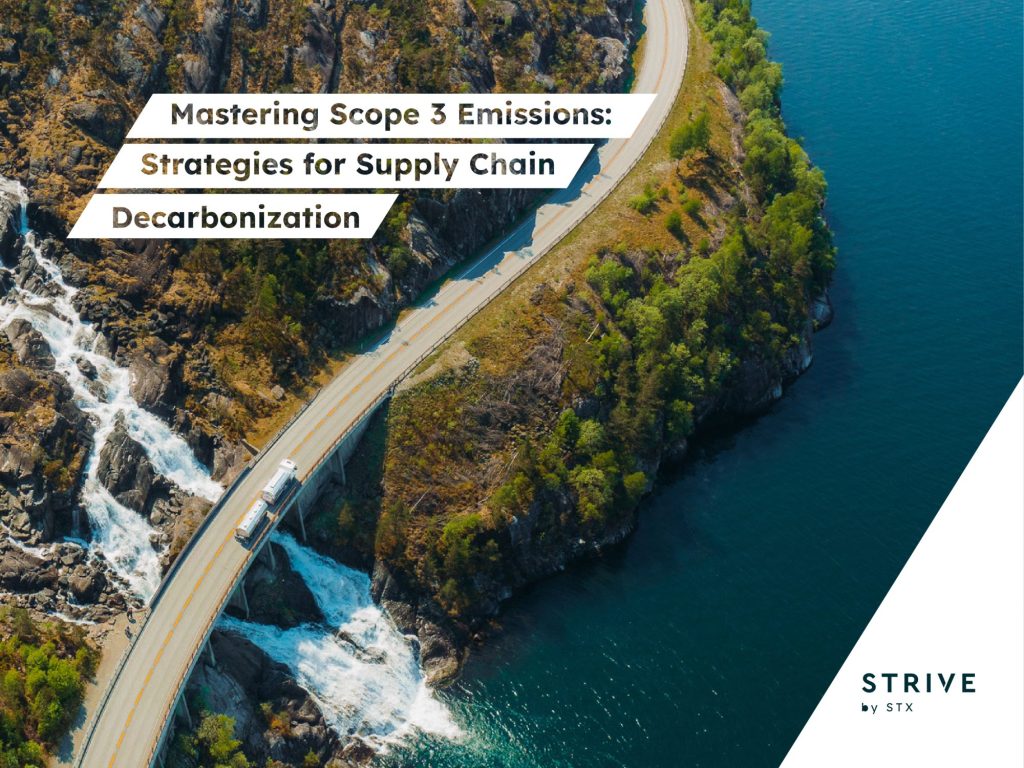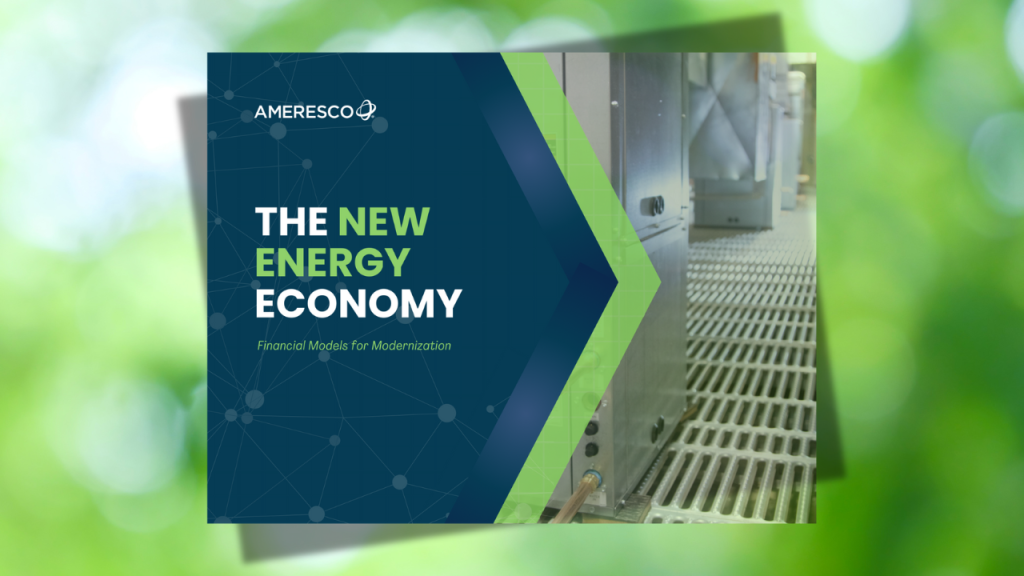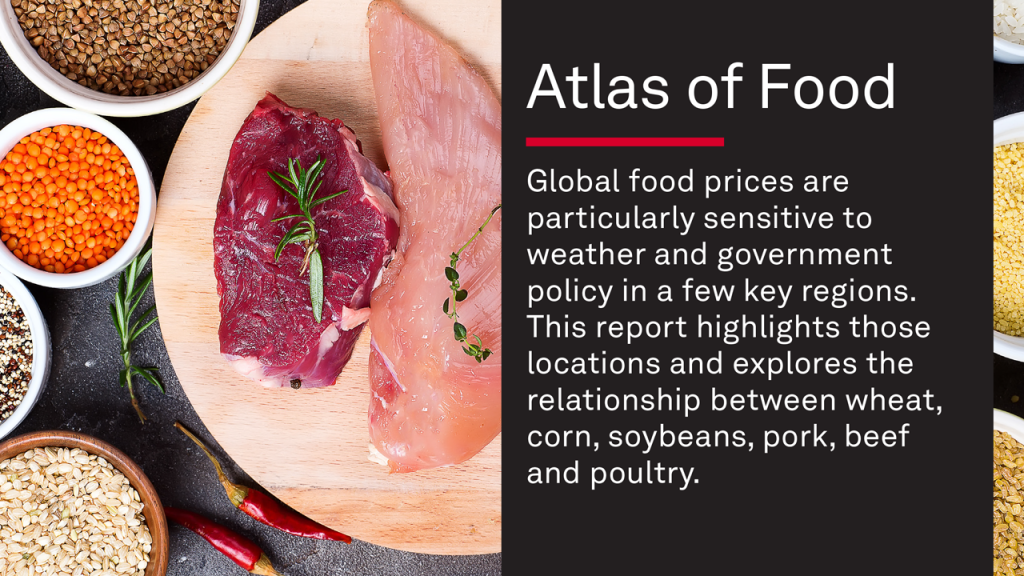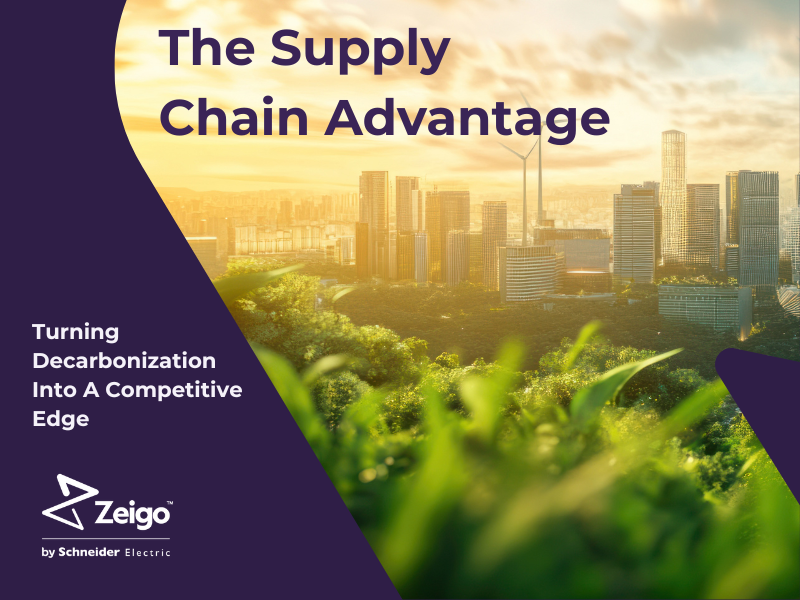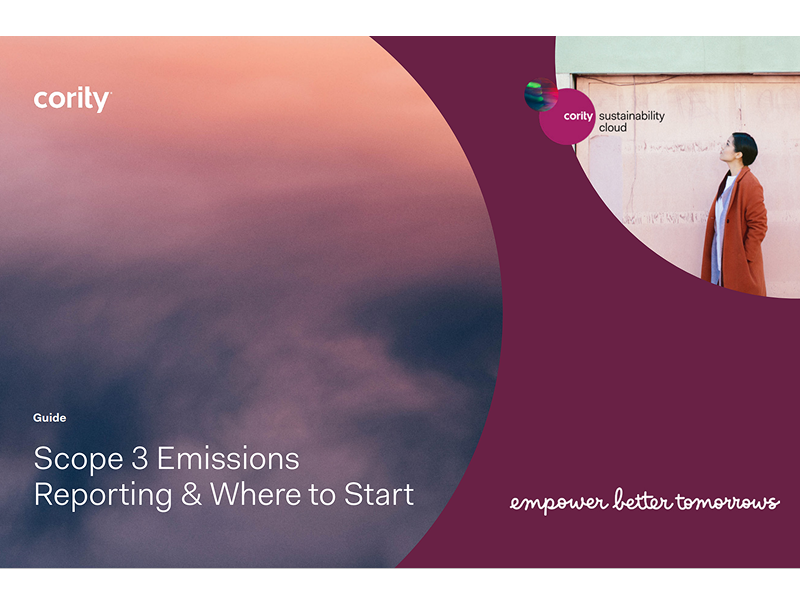Louis Dreyfus Company funds major regenerative ag project in India
The initiative, one of the first of its kind in the Global South, will draw down carbon and address customers' Scope 3 emissions. Read More
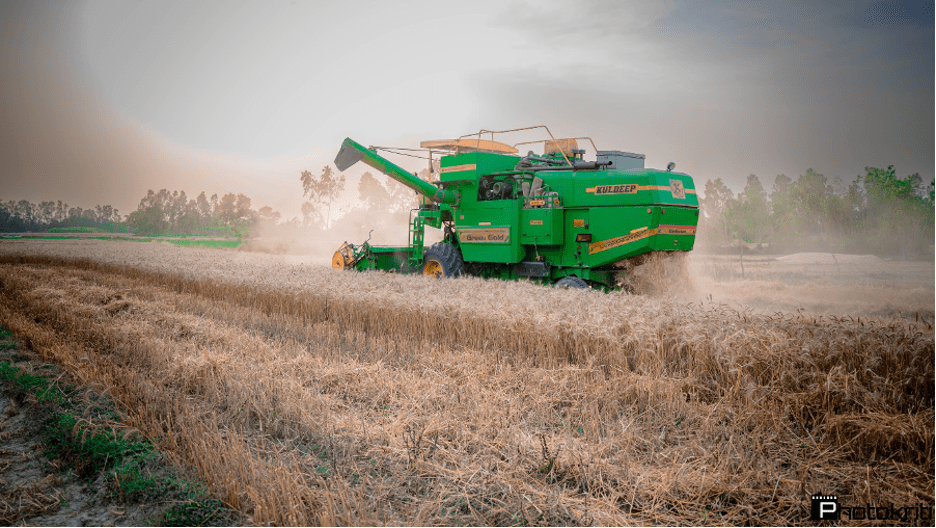
- The project will capture 6,000 tons of CO2 each year and produce regeneratively grown wheat.
- More than 400 farms rotating rice and wheat across 2,000 acres in northern Indian have enrolled so far.
- Resulting climate benefits will be third-party verified under an existing Verra carbon credit methodology.
Louis Dreyfus Company (LDC), one of the world’s largest agricultural processors, is purchasing five years’ worth of carbon removal credits from a regenerative agriculture project in Uttar Pradesh, India.
In addition to boosting the region’s soil health, the project will draw down some 6,000 tons of carbon dioxide from the atmosphere each year and result in regeneratively grown wheat that the company can sell to customers looking to reduce their Scope 3 emissions. This is among the first major agricultural projects of its kind announced in the Global South.
“This initiative aligns with our goal to create more resilient and lower-carbon agricultural supply chains, while meeting demand for sustainably sourced wheat and generating high-quality carbon credits and removals,” said Natalia Gorina, Louis Dreyfus’s global carbon commercial director, and Gangadhara Sriramappa, the company’s head of agricultural research in India, in an email.
Eliminating burning
Varaha, a company working with smallholder farmers in Asia, is managing project implementation, soil sampling and ongoing monitoring as well as tracing the lower-carbon wheat from farm to warehouse. Louis Dreyfus’s upfront payment covers the transition costs of the regenerative practices, including machine rentals.
The company has been active in carbon markets since 2021, with a strong focus on nature-based projects. This new project is on farms within its own supply chain, a practice known as “insetting.”
Some 430 farms operating rice-wheat crop rotations across 2,000 acres in the northern Indian state have enrolled in the project so far. Typically, farmers in the region burn the leftover stalks after the rice harvest to prepare the land for the wheat crop, releasing the carbon stored in the stalks and degrading local air quality.
Farmers participating in the project will use specialized seeding machines that shred the stalks and return them to the soil, while simultaneously sowing seeds for the next crop with minimal soil disturbance.
The dual action of reincorporating biomass and reducing tillage increases soil carbon content, resulting in a net carbon reduction in the atmosphere. The resulting climate benefits will be third-party verified under an existing Verra carbon credit methodology.
Digital tracking
Varaha’s end-to-end digital tracking solution documents the regeneratively grown wheat from the field, through harvest and to a designated warehouse, where it’s kept separate from wheat grown using conventional practices. The process involves farm-level photos and geostamps that document exactly which farm grew the wheat and which practices were used on that farm.
By segregating the regeneratively grown wheat, Louis Dreyfus can sell the verified lower-carbon wheat to customers willing to pay a premium for the more climate friendly product.
Five-year commitment
The initial project will support farmers undertaking the regenerative practices through 2030. That timeframe is crucial for success, said Madhur Jain, CEO of Varaha. “For a permanent behavior change in the farmers to happen, you can’t do it for one year. You have to do it for several years to see a benefit in their produce and income.”
Jain anticipates that after four years, farmers will begin to see crop yield increases as well as reduced need for fertilizer and water. If the project succeeds it could be extended beyond the initial five-year period. The carbon storage potential of the soil usually maxes out at around 20 to 25 years, according to Jain.
“One of the learnings … is the power of carbon finance to drive transformation of farm practices in our value-chains,” said Gorina and Sriramappa. “For LDC, this is a blueprint for embedding climate-positive practices into our sourcing models, while delivering verified carbon removals to the market.”
In addition to the cost savings from the improved soil health, farmers will receive 60 percent of the project’s carbon revenue.
Proof of concept
“We believe that by demonstrating feasibility through this project, we are laying the groundwork for the supply of carbon credits issued from regeneratively grown and low-carbon wheat,” said Gorina and Sriramappa. Buyers of the regenerative wheat will be able to claim the carbon removals in their greenhouse gas inventories, according to Louis Dreyfus.
Most agricultural insetting projects to date have been based in the United States, Europe and Australia. “To be able to do it with Indian smallholder farmers opens a new avenue for farmers to be able to benefit from the revenue” said Jain, who will be speaking on a panel about agricultural insetting at Trellis Impact 25.
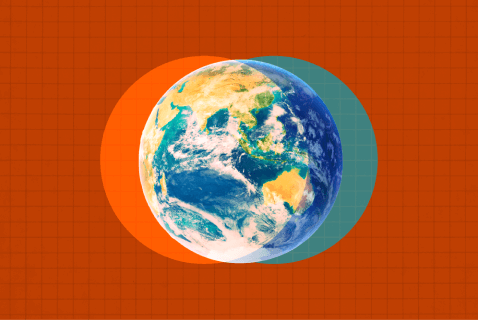
Subscribe to Trellis Briefing
Featured Reports

